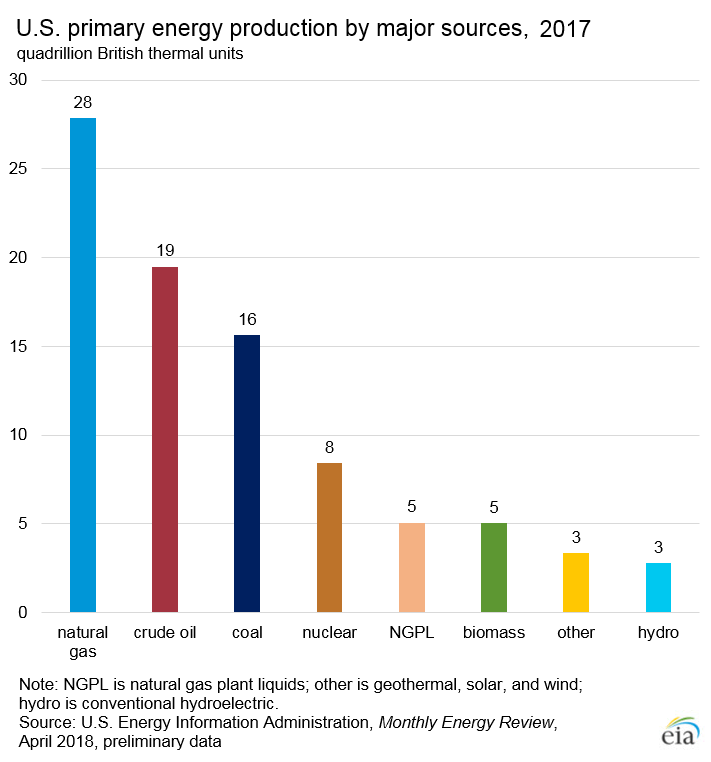
Natural Gas’ Methane Problem
A new study found that methane emissions from the U.S. natural gas sector are about 60 percent higher than the EPA’s original estimates. With coal on the decline and natural gas on the rise, are we swapping one climate catastrophe for another?
Last week, a new study in the journal Science found that methane emissions from the U.S. natural gas sector are about 60 percent higher than the Environmental Protection Agency (EPA)’s original estimate. Currently, EPA estimates that the methane leak rate from oil and gas operations at about 1.4 percent, but the study in Science puts this figure at closer to 2.3 percent. The study deducts that this difference is likely because “existing inventory methods miss emissions related during abnormal operating conditions.”
2.3 percent does not seem like a large of a percentage, but it equates to 13 million metric tons of methane lost. Analysis from the Environmental Defense Fund (EDF) estimates this is enough to power 10 million homes. And it corresponds to $2 billion in losses of natural gas product for industry.
This is not the first time we have heard the warning of underestimated methane emissions. There have been numerous studies that have looked at this downside of the fracking boom. But there are ways to address this problem at a low cost to industry. The International Energy Agency (IEA) estimates that worldwide emissions can be reduced by 75 percent, and two thirds of this reduction can be at zero net cost to industry.
According to the U.S. Energy Information Administration, natural gas has dominated U.S. energy production with nearly 32 percent of production in 2017. This is followed by petroleum at 28 percent and coal at about 18 percent.

As the natural gas industry continues to grow in the U.S., methane emissions are proving to be a business and environmental challenge. Natural gas is touted as the cleaner and lower-carbon option to coal. But methane emissions can have a serious climate impact. Methane can have 80 times the global warming impact during the first 20 years after release, when compared to carbon dioxide. With coal on the decline and natural gas on the rise, we need to be mindful that we aren’t swapping one climate catastrophe for another.
Curbing methane emissions is important for the climate, but it also just makes business sense. Leaks in natural gas processing mean less product for industry. Industry has incentive, from a business standpoint, to make sure all their product is making it to market.
This is why in April BP set its first methane target, limiting methane emissions from its global upstream oil and gas to 0.2 percent. ExxonMobil, Shell, Qatar Petroleum, and other major industry players have all made commitments to reduce methane leakage in their natural gas supply chains.
The Obama Administration proposed regulations on methane to limit leaks. But since taking office, President Trump has rolled back or rescinded these policies. Some of these rollbacks are going through litigation, but, at this time, it does not look like there will be federal leadership on this issue.
Natural gas is still cleaner than coal. When compared to coal, natural gas is better for our planet, our climate, and our health. But unnecessary methane leakage is a serious problem and one that makes sense for industry to correct. Investing in technology and tools to limit leakage is important to ensuring that the natural gas industry grows and operates responsibly.
Mollie Simon
Senior Communications SpecialistMollie Simon is the senior communications specialist at the Kleinman Center. She manages the center’s social media accounts, drafts newsletters and announcements, writes and publishes content for our website, and regularly posts to our blog.

